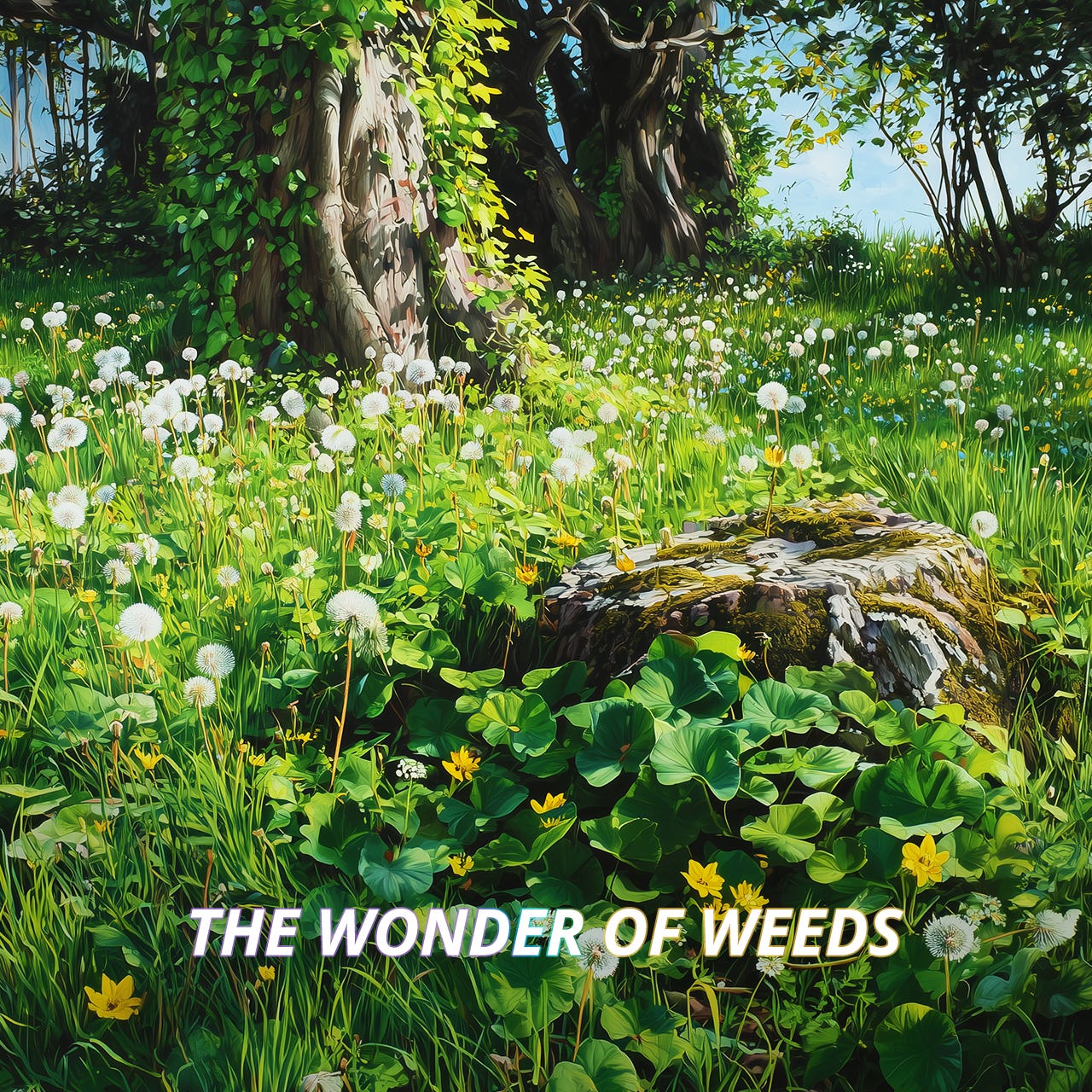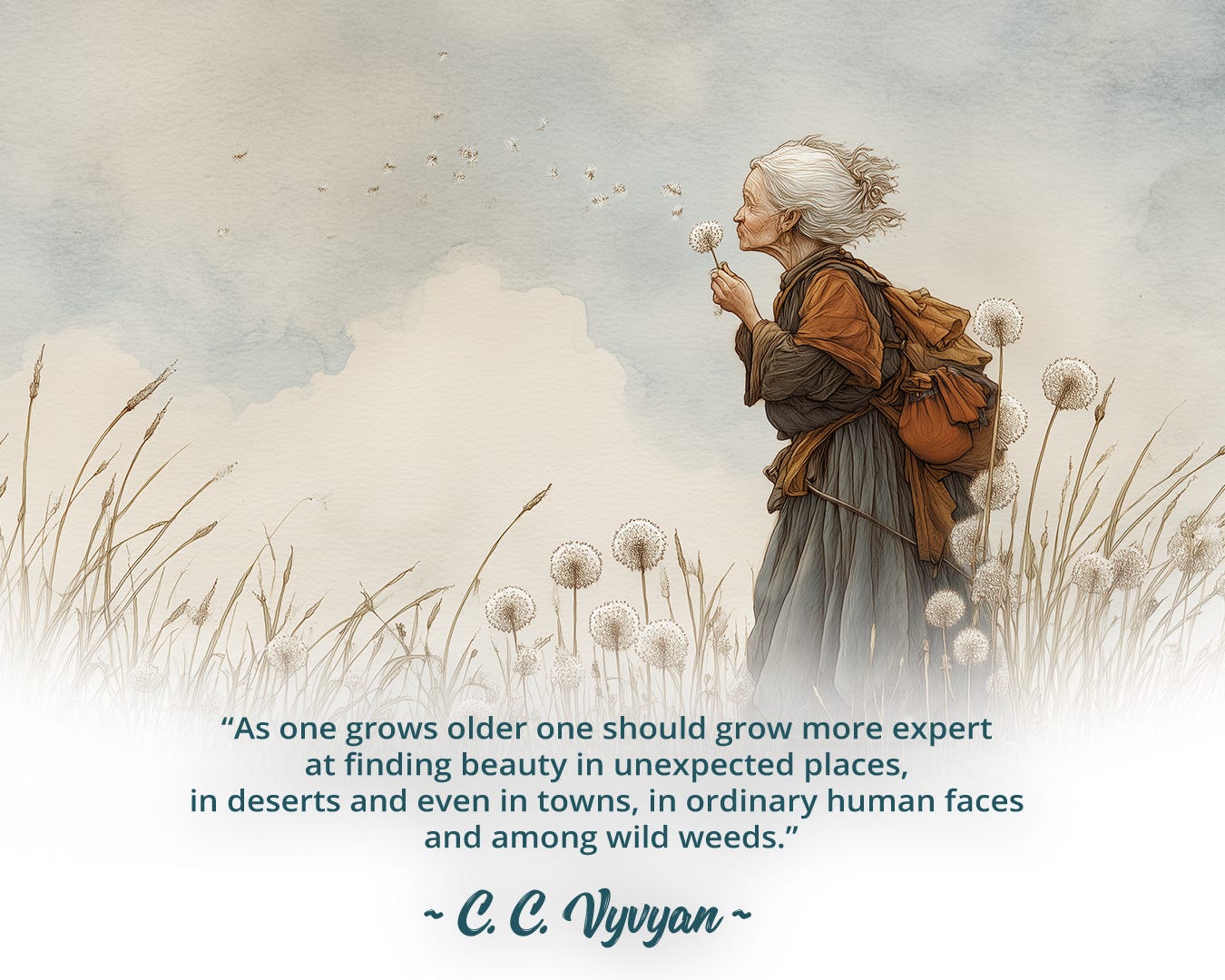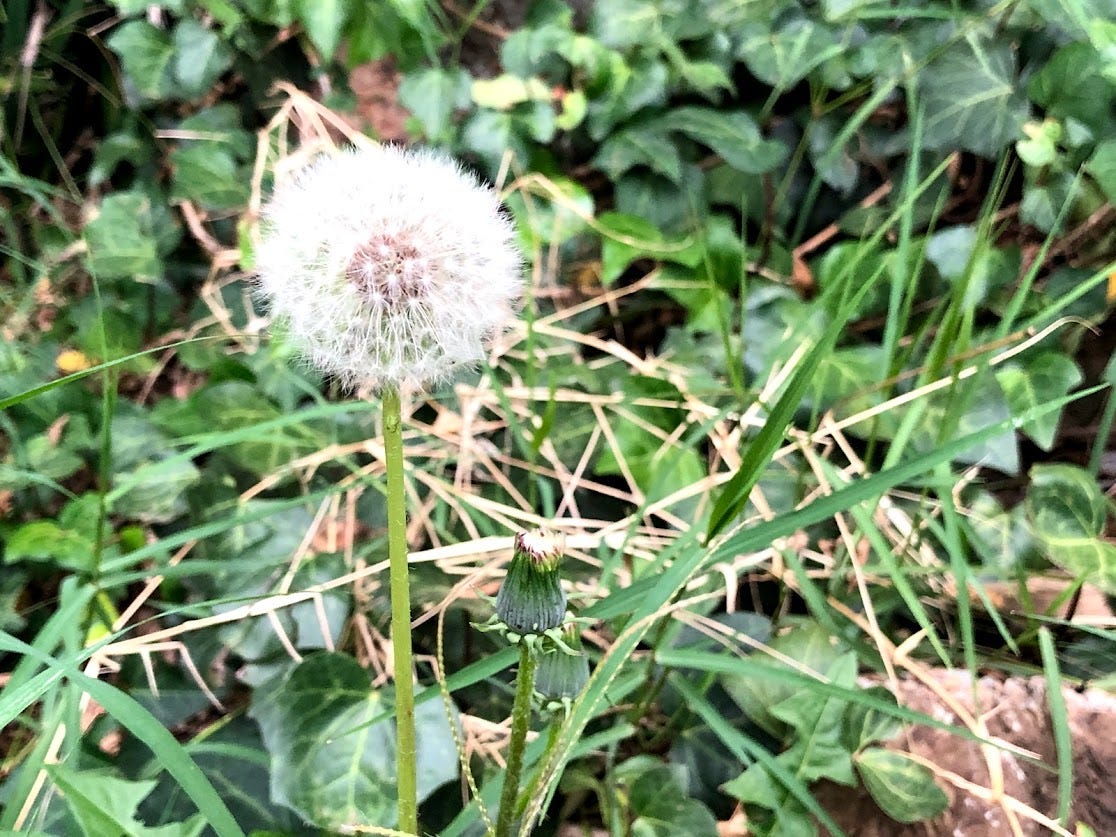The wonder of weeds
A book launch about weeds gave us a whole new perspective on these wonderful plants. We may want to rip them from our gardens but they act as messengers to take heed of.
Enabling The How #226. Reading time: 3 minutes, 55 seconds
It was a nondescript property bordered by sand roads. A long driveway shaded by trees wove itself around the side of the nondescript house to the back. Similar plots surrounded this one, some with horses and others with a few cattle grazing quietly.
Up a few stairs a door opened into a large room lined with dinky tables and chairs. Outside and down a short hill was a small rondavel where a gaggle of small children gathered inside and out playing an assortment of games. This was where Chantal and her brothers went to nursery school.
There were trees to climb and a pond to catch frogs and paddle in. An acre of garden was filled with shady trees. Higgledy piggledy flower beds sprouted clumps of what looked like giant clover leaves between the cannas and impatiens.
The children called these plants “yum-yums”, and would regularly yank handfuls out of the soil, shake them off and eat them. The sour taste tickled their mouths and made them smile.
Who would have known that decades later we would attend a book launch that would put a name to those garden nibbles.
Soil healers
Last Tuesday evening we attended the book launch of Wild about Weeds, by Nikki Brighton, at Love Books in Melville. As Nikki started her talk she stood next to a table overflowing with jars of plants, all of which she had collected in the grass verge across the road. All the plants were what we would call weeds. All of them were also edible.
Nikki opened our eyes to a side of weeds that we were unaware of. We knew that weeds grow where the soil is depleted. More than that, weeds are soil healers. They are indicators of what nutrients are missing in the soil and they work to bring it back into balance again.
“Weeds are actually wonderful,” remarked Chantal, feeling a little less anxious about clearing the driveway of their sprouting nodes.
Weeds prevent soil erosion by providing ground cover on top and root binding below. They provide homes and food for microbes and insects. And many can be foraged and eaten by humans too.
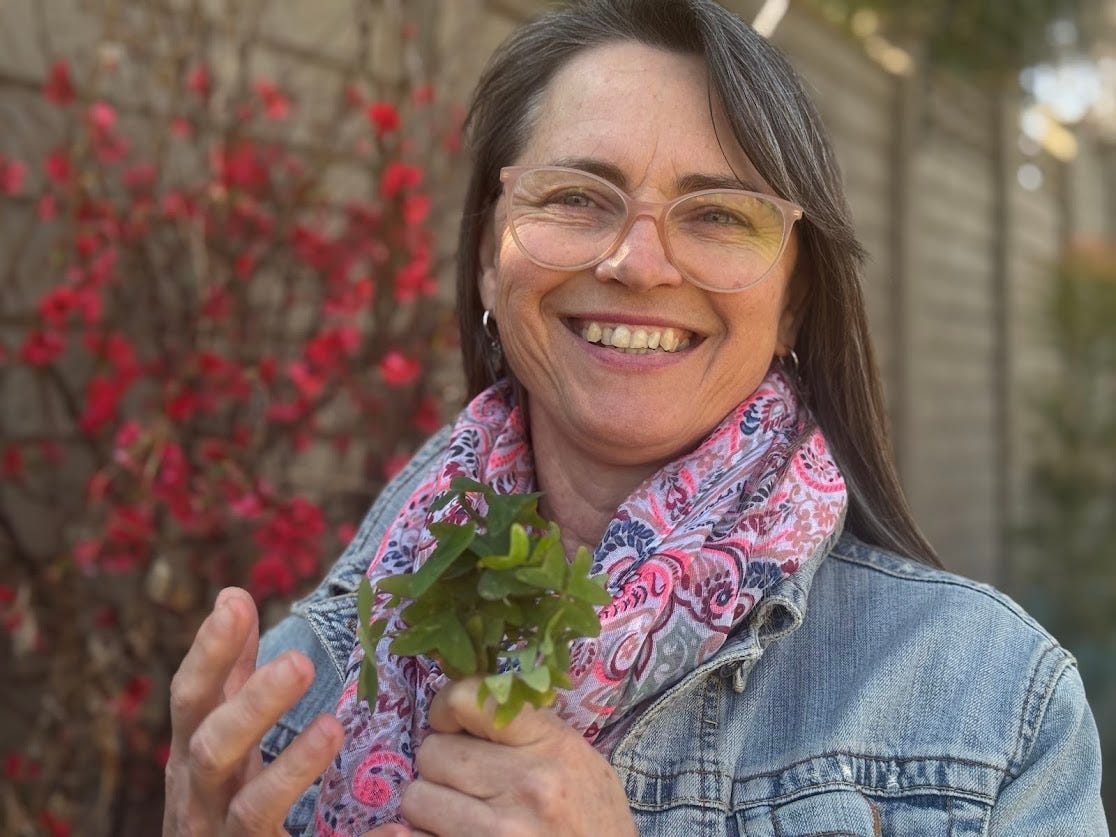
Forager’s feast
Tall majestic burgundy or green amaranth grows the most nutritious leaves available to humans. Blackjack, dandelion, khakibos, fleabane, chickweed, onion weed, mallow and nettles are all weeds that can be eaten in salads, nibbled, cooked, infused or steeped as tea.
Chantal’s yum yum’s are actually oxalis. The pretty leaves can be added to salads or made into a lemonade.
“Yay, now I know what they are called,” she enthused, wondering at the wisdom of kids who played freely in the veld and tested and tasted as they went.
We took Nikki’s little reference book that we purchased at the book launch with us on our next walk. Suddenly the pavements with their splits and cracks became far more interesting. The green leafy plants that crawled through the crevices now had names. Dry flower beds outside property walls revealed a treasure trove of ingredients. Our neighbourhood had become a forager’s feast.
“The food crisis may just be averted if all we do is allow the weeds to proliferate,” joked Matthew.
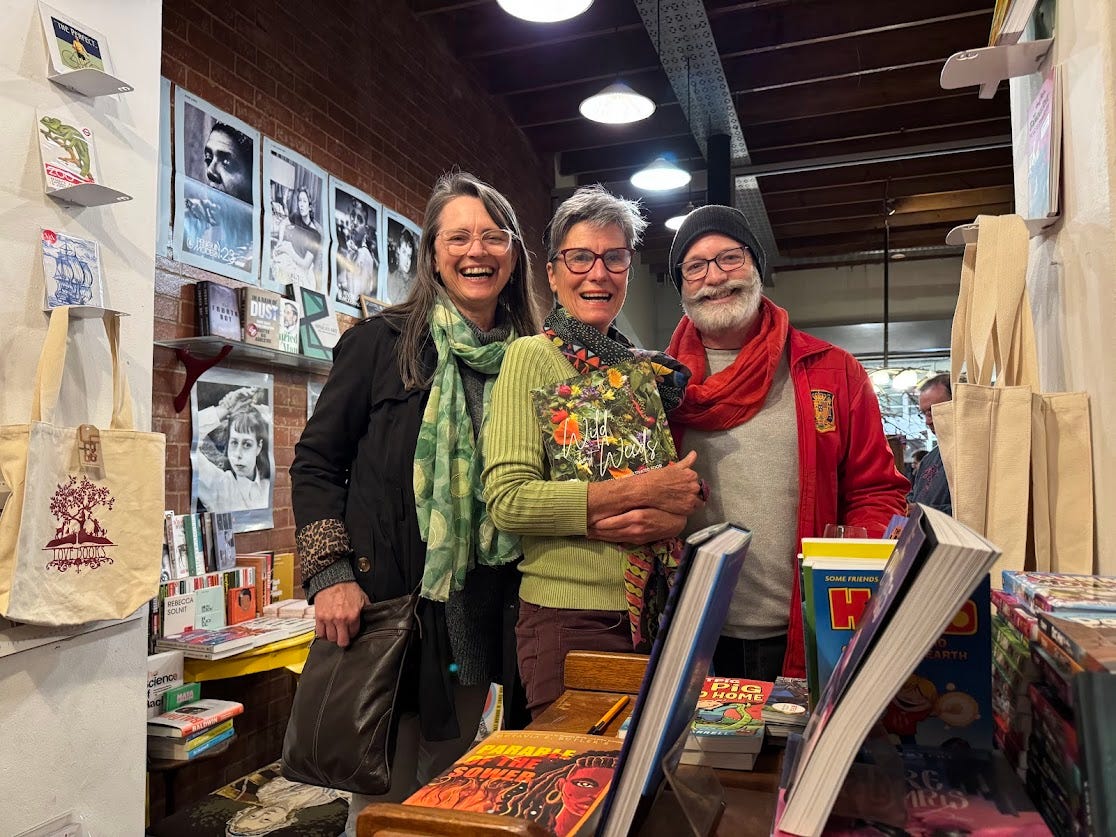
Sending signals
Just as the weeds send signals about the soil, so do our bodies consistently send signals to us about our health and wellbeing. More often than not we ignore, numb or mask the signs.
Ever present in our modern lives, stress sends cortisol coursing through us promoting fat storage, lowering our metabolism while also stimulating our appetite. We comfort eat and devour empty calories that do not support our system. Our tastebuds have become flattened by too much salt and artificial flavouring so we grab the bag of chips instead of crunching through an apple.
We have depleted our nutrient source by consuming too much refined sugar, empty carbohydrates and toxic oils. Our bodies pucker and clog. The weight packs on and we weep in frustration. And stress about this too.
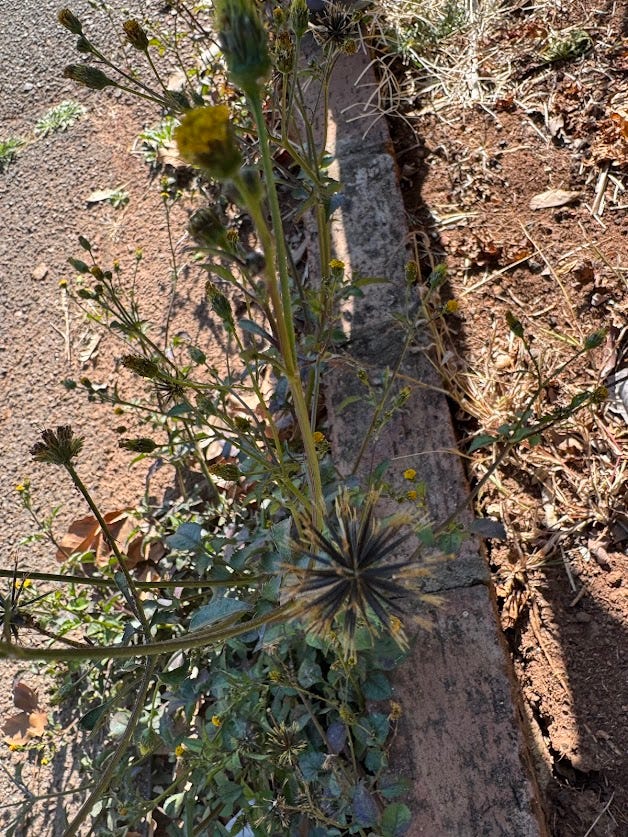
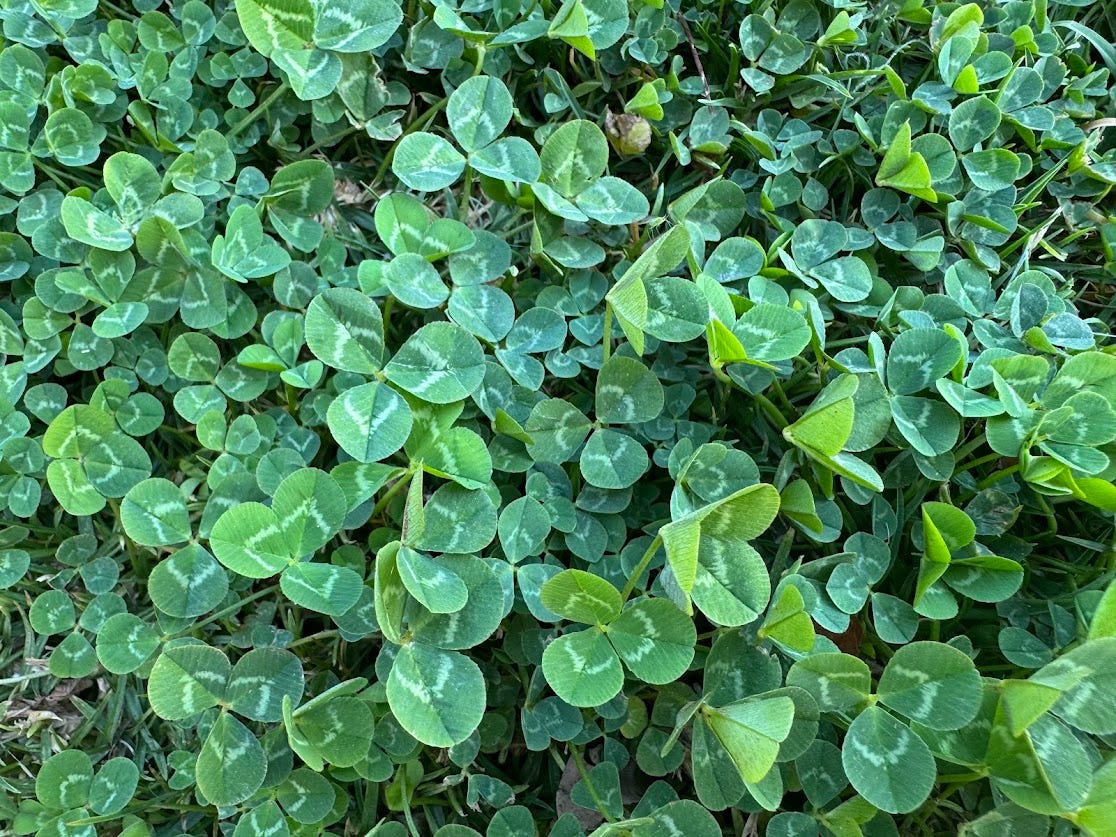
Messages all around
We could do worse than nibble on a few weeds, full of nutrients and freely available. Instead we rip them out of the ground and discard them in rubbish dumps. We could do a lot of things but we don't. We have lost the links to what is good for us: connections, community, our very landscape.
We can learn so much from nature, even from that nature we see as invasive and “bad”. Especially from the plant life that we perceive as encroaching and unfit.
Our bodies constantly communicate with us and our emotions are immediate messages. Our emotions, like weeds, are the pioneering signallers. They send us messages about our environment, our experiences, our lifestyle, our relationships and our work. Messages, that if ignored, could translate into physical manifestations of illness and pain.
We have forgotten how to tune in to what is real. Instead, we look to our screens for answers and distraction. We miss the signs and the signals, the indicators of our world, both internal and outward. There are messages all around us. We just need to stop to take them in.
Until next time.
Yours in feeling,
Matthew & Chantal
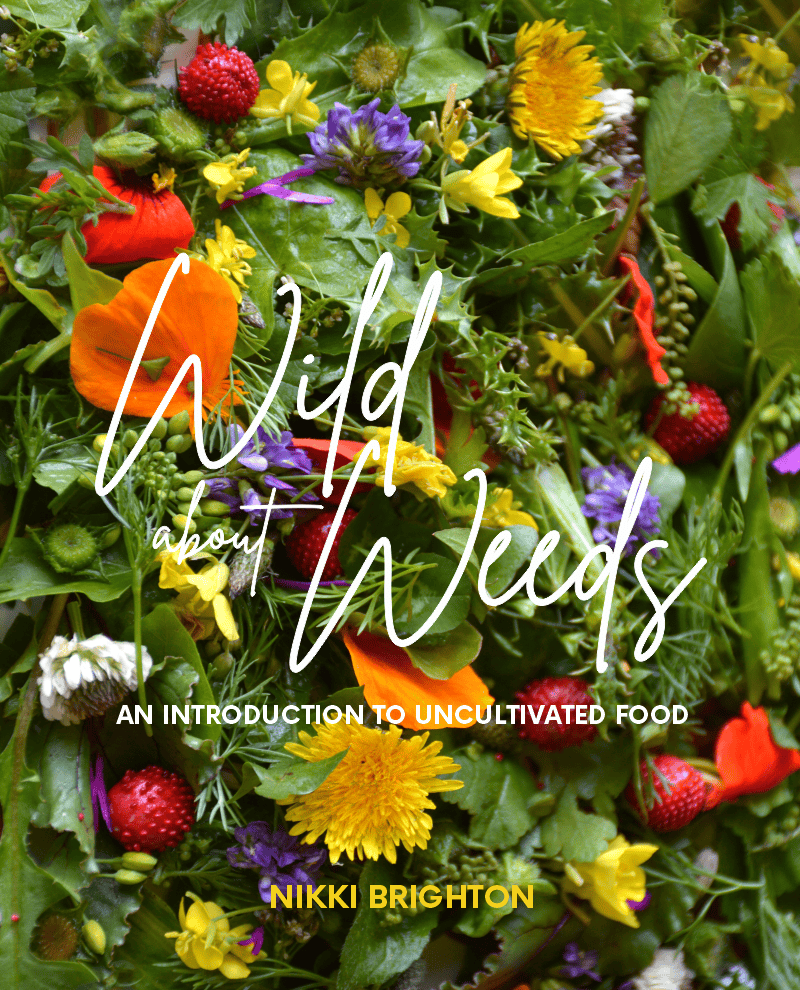
IMAGE CREDITS FOR THIS ISSUE: 5TH PLACE


